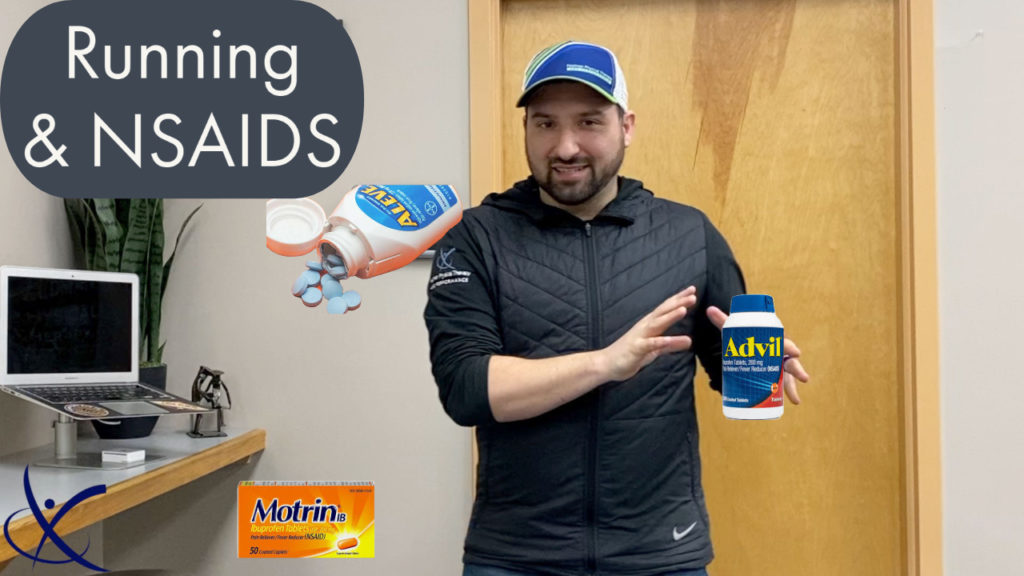Anti-Inflammatories and Running
The Juice Ain’t Worth the Squeeze
Non-steroidal Anti-Inflammatory Drugs (NSAIDs) have been a “quick fix” for far too long. This is even more true for athletes who were looking to fast-forward their time spent down and out. Up to 70% of runners admit to using NSAIDs and 93% are naive to their potential contraindications. NSAID use is pervasive among endurance athletes and without any back for their buck. Quite the contrary! NSAIDs do play a valuable role in managing injuries but it’s time runners take them off of their pedestal.
For traumatic injuries, NSAIDs can work wonders. Unfortunately, they come up short when it comes to managing lingering issues. Tendon pain is one such issue that almost any runner can relate to. Runners who use them expect some benefits when studies show there is no ergogenic effect to be had. In fact, NSAIDs can alter bone loading, electrolyte balance, and increase blood pressure. Not only will NSAIDs have a lower ROI for the actual injury but they also place unnecessary stress on the body. Did I mention that NSAIDs don’t do jack all for tendon issues?!
The kidney’s main job is to filter blood and NSAIDs will have an adverse effect on their ability to function. NSAIDs limit prostaglandin production which is necessary for homeostatic balance within the body. Decreased prostaglandin synthesis affects blood flow and can be detrimental to kidney function. Acute kidney stress is the prize from poor blood flow mediation, increased blood pressure, and sodium retention. Those candy-coated Advil shells aren’t so friendly now, are they?
Why is this important to runners? Because running also has a unique relationship with the kidneys. Muscle breakdown is a byproduct of repetitive muscle contractions. Excessive usage familiar to high-intensity exercise or prolonged exercise is most notable. The enzymes released from excessive muscle use can be toxic for the kidneys. Endurance running is a perfect example of an activity that can and does stress the kidneys. A study of 89 ultra runners showed elevated levels of acute kidney stress in 44% of the control and NSAID groups. Yet the NSAID group had an 18% higher chance of having higher levels of potentially toxic enzymes. These findings should be sounding big red alarms yet 50-75% of all runners still take NSAIDs! Both groups showed signs of acute renal stress. This means the kidneys of a runner are already behind the eight ball. It should be common sense to avoid additional undue stress. But here we are…spending roughly 2 billion dollars per year on NSAIDs.
These musings are not meant to strike fear or instill panic. The purpose of this is educational and to be progressive. Bottom line: it’s time to cut the crap. In the wide world of technology where information is at our fingertips, there can be no more excuses. Runners have been an under-funded breed for a long time and we finally have knowledge on our side. We should be chomping at the bit to put outdated notions out to pasture. NSAIDs have overstayed their welcome in the running game, plain and simple. So while they don’t have to go home, they can’t stay here. Go’on, git
